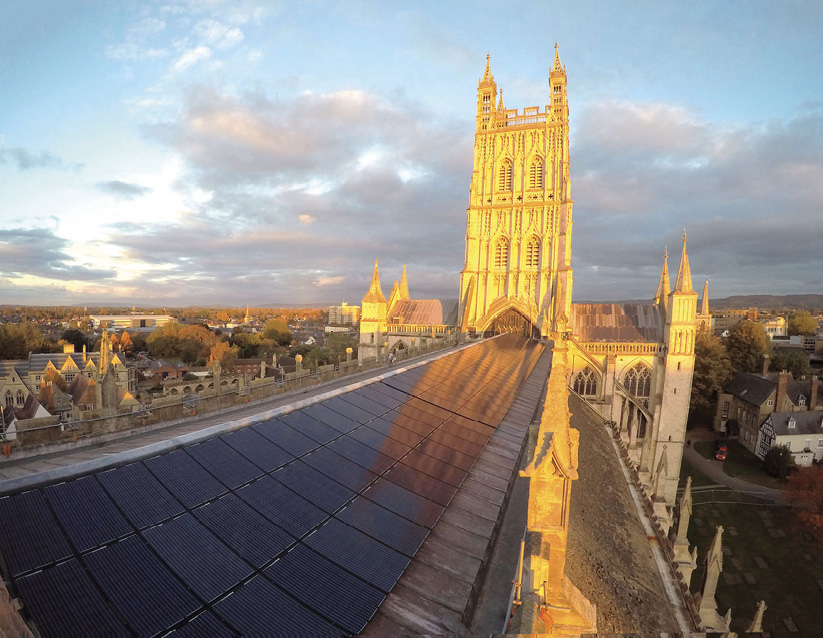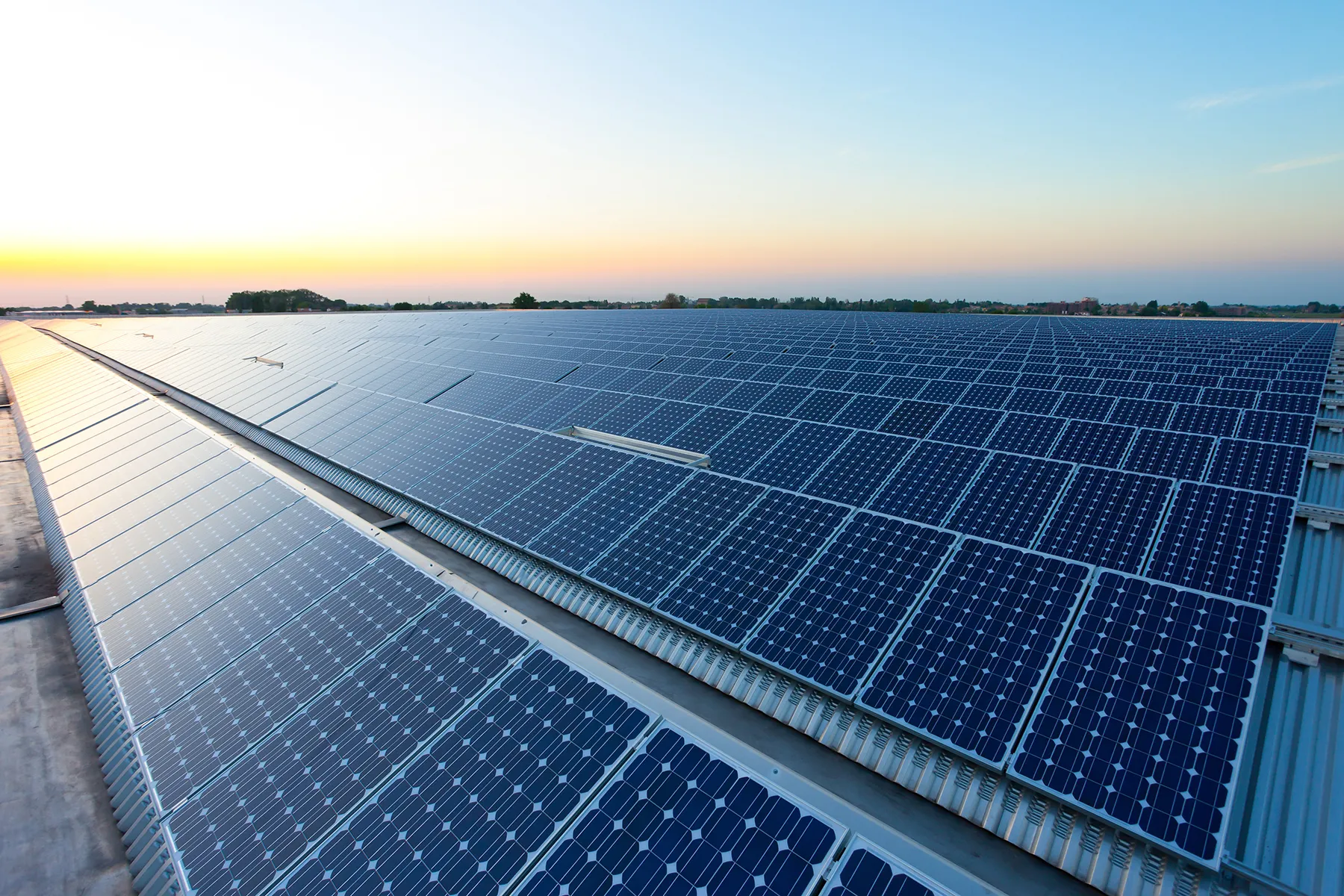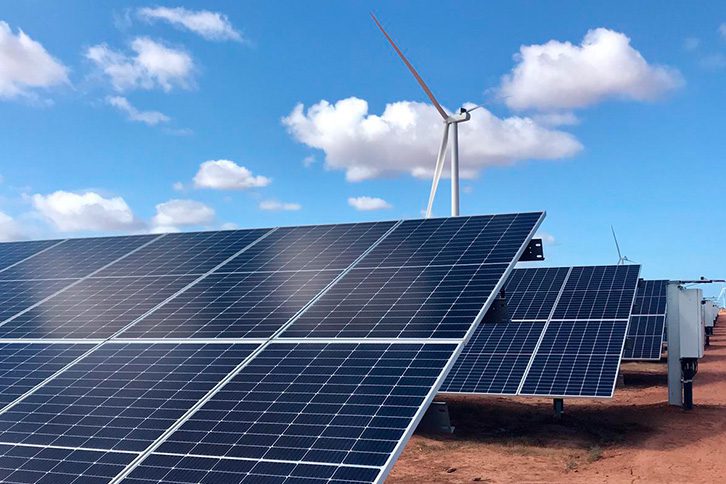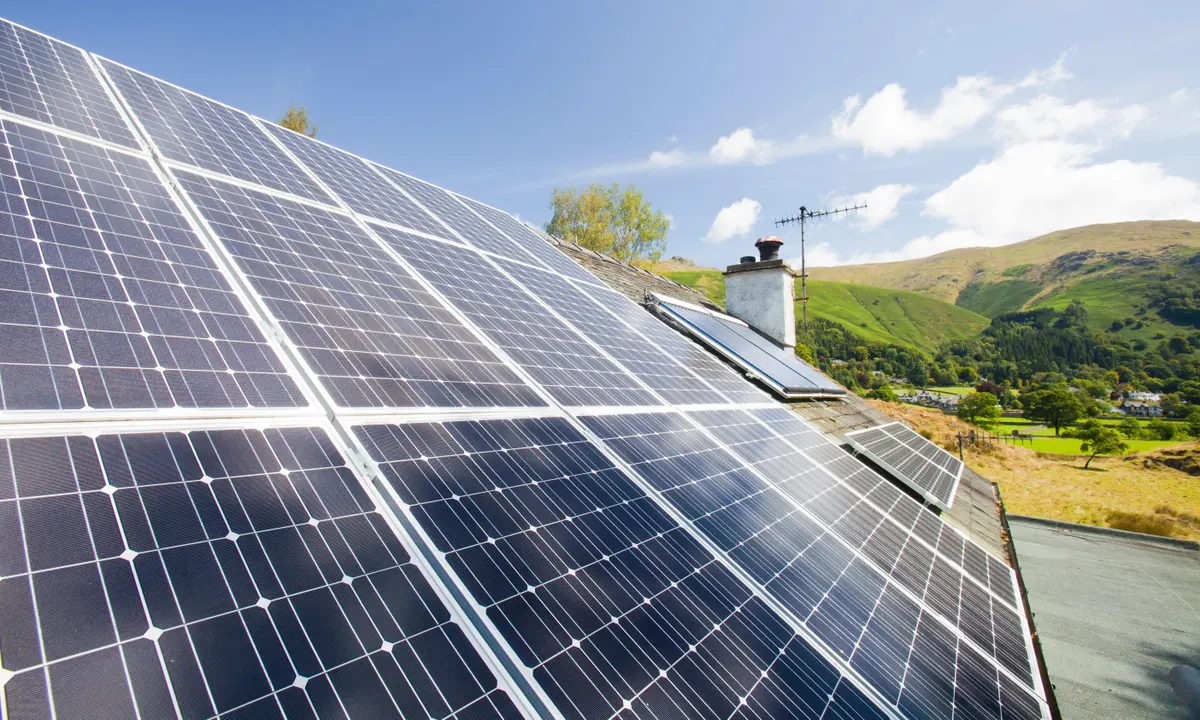Basement Battery Storage Integration
Utilising battery storage systems with the incorporation of historic districts creates logistical challenges as a result of maintaining architectural integrity, and where applicable, older infrastructure.lang enAndculus III into this segment. Discreet basement battery storage systems so as not to visibly impact the look and feel of the historical Hollywood location.
Design Considerations
In the case of basement battery storage systems, spatial considerations are of utmost importance. This new structure will combine the best of the old and the new and engineers and architects have to come together to create great solutions in the confines of an oftentimes cramped and imaneuverable space. In Charleston, South Carolina, a 30 kWh battery storage pilot was successfully installed in the 18th-century basement of a commercial building. A modular battery design slotting individual batteries into existing alcoves was reportedly used to save on structural changes.
Technical Specifications
When it comes to battery types, it is important to select those that can withstand different environmental conditions such as the high humidity and temperature changes that are also part of most basements. One of the useful properties that Lithium-ion (Li-ion) batteries have is their highenergy density and high efficiency-both properties that are critical in optimizing storage in limited space. In the setup at Boston's North End, climate-controlled cabinets were used to help insulate the batteries against humidity and harsh temperatures, the batteries could acheive a longer life and perform at a higher level.
Regulatory Compliance
Navigating the regulatory maze is KEY. Many historic district commissions have very specific rules about changing buildings Good communication alongside detailed project plans that show minimal visual and structural impact can be helpful in gaining approvals. A project team in Savannah, Georgia got basement battery system clearance by doing comprehensive visual impact assessments and beginning dialog with local historical societies early in the planning process.
Installation Process
Careful planning of the installation process is required to minimize shutdowns and maintain the historic material of the structure. This requires both non-destructive methodologies and instruments for wiring and part establishment. In Alexandria, Virginia, technicians installed cabling by using endoscopic techniques to run it through hidden pathways, avoiding most large-scale drilling and cutting through historical masonry.
Performance Monitoring
After installation, the performance of the batteries in the basement storage system must be carefully monitored to make sure that they achieve their intended contribution to the building's energy requirements without damaging the building in the process. Live monitoring technologies are used to monitor system performance and diagnose problems before they swell. In New Orleans, a monitoring system caught what could've been a battery overheating issue, and the system settings were corrected before either the battery system and the historic structure it was collocated with were damaged.

Utilizing Remote Solar Farms for Power
Remote solar farms are an attractive alternative to local solar panels in historical districts with aesthetics or structure concerns that necessitate restrictions on the installation of local solar panels. With the use of solar energy from solar farms located outside the district, it securely transmits the generated energy to the historic areas in such way that these communal areas could enjoy the renewable energy without sacrificing their architecture.
Choosing Remote Sites to Build a Solar Farm
Locating a remote solar farm properly is a critical to produce maximum energy while also minimizing (Audio). A New York project brought a 50-acre solar farm 10-miles from a historical district in Saratoga Springs. This proximity enabled relatively little loss in transmission (less than 3%), so long as capacity to deliver energy was maintained with parallel paths.
Energy Transmission Infrastructure
The infrastructure needed to ferry power from solar farms located away from the historic districts should be properly designed, so as not to adversely affect the visual and physical appearance of the region. In some cases, as a way to avoid spoiling the visual integrity of historical sites, innovative underground cabling solutions have been provided. In Philadelphia's colonial district, underground cables were installed beneath the pathways used by existing utilities to receive energy from a farm many miles from the city, protecting the town's historical landscape.
Connect to the Local Distribution Systems
Bringing solar energy from distant farms into the nearby grid system of a historic district demands advanced grid management technologies. Solar power due to its intermittent nature is managed by smart grid technologies to provide stable power supply throughout the day. In Charleston, sophisticated inverters and battery storage has been incorporated in the grid integration systems for leveling the load and providing electricity during peak demand times or low solar production hours.
Anchor Institution Responsiveness/community Benefits
Including the community in planning and using incentives also leads to high project success. Public support is build up through educational programs and community meetings to highlight environmental and economic benefits of solar energy. This system was upgraded in San Luis Obispo with community profit-sharing enabled by redirecting a portion of the savings created by the solar farm to local historical preservation funds, creating a sustainable model that benefits both the energy and cultural heritage industries.
Community Shared Solar Systems
With this collaborative approach, residents rely on smaller community shared solar systems to access solar power without installing individual solar panels on each single historic property. The plug-and-play (PnP) systems entail the installation of a coastal PnP solar power plant, which is allocated power to participating residences and buildings in the neighbourhood.
Organization and Public Input
Community participation is important for the long term success of shared solar systemsent in early and takes an active role in the process. Here is how things might work in Alexandria, Virginia, where a historic district committee is teaming up with a local solar developer to design a 200 kW shared solar operation just outside of the neighborhood. Community meetings facilitated feedback from local residents, resulting in a design that limited the aesthetic impact and output.
It is crucial to select the appropriate technology and scale for the shared system. This necessitates the use of high-efficiency photovoltaic (PV) panels to maximize performance in a relatively small space. On the other hand, a project in Fredericksburg, Texas has made use of bifacial solar panels which generate power not only from the front side but also from light reflected off the ground below, leading up to 11% more energy than traditional panels. Today, this system powers 30 historic homes and generates 60% of their annual electricity.
Grid System Integration and Deployment
To connect the generated solar energy to the local grid, the process requires coordination with local utility providers and some improvements to the infrastructure of the connecting facility. It installs smart meters and smart management systems which are used to distribute energy in the form of valid energy credits to participants that are based on either of the operand potential investment (smart meter) and consumption purposes. Others are experimenting with blockchain, such as the local utility in Savannah, Georgia, which used it to monitor 40 historic properties in real time to ensure an accurate depiction of the energy produced and distributed and that costs were fairly charged.
Impact on The Economy and The Environment
As an alternative to traditional onsite solar, community shared solar systems deliver financial benefits to their participants and can fully offset their carbon footprint. In addition to the modest utility cost savings they offer, solar gardens can stimulate local employment and economic development during the installation and maintenance phases. The community solar project saved all its members an average of 15% on their electricity costs, and they reduced their annual carbon emissions by an impressive amount which stacks up to 30% more than the average American homeowner.

Innovative On-Site Mini Energy Storage
Smaller, on-site energy storage tools are particularly useful in historic districts, where typical storage methods can be unwieldy and of historic sensitivity or preservation issues. The idea is that these mini systems are beautiful, efficient and they can be made to fit in with what is around them and to meet local needs.
Design and Technology
Effective mini energy storage requires the most up-to-date technology to provide the maximum amount of storage in as small a space as possible. One example is a project in a U.S. capital city based in the historic district of Georgetown, Washington D.C., which enables the implementation of solid-state batteries capable of high-energy density to be housed within the basement of a century-old building, all without significant refurbishment. In terms of storage, the system can store 50 kWh, enough to power five middle-class homes for a day.
Facing while installation and Solutions
Innovative solutions are needed to install these systems in historic areas without detracting from the character of the buildings. Among the features used in this respect is e.g. module-based assembly and non-invasive installation techniques. At Charleston, the unit was installed by a crew, a specialized team that installs mini storage mini storage system that used the pre-assembled units which were shipped into existing doorways and assembled in place without a structural modification to the historic property.
Renewable Energy Resource Integration
Many of these small energy storage systems are integrated with local renewable energy sources - most often solar panels - to create a self-sustaining energy solution. The solar and energy storage systems are integrated to the grid through smart inverters and energy management systems that balance the storage and discharge cycles according to the energy production and demand of the system. New Mexico: A networked system meets 70% of the energy needs of a compound of historic homes in Santa Fe, greatly reducing the load on the grid and saving a lot in the process.
Regulatory Measures and Public Relations
Arguing that this is a local historic preservation matter is true and irrelevant must be prepared to ensure compliance with local regulations. The preservation committee requires detailed plans and visual impact studies in order to grant needed permits. An effective community engagement is also helpful in facilitating the approved process. He said just running through physical mockups has helped the team make bigger breakthroughs, noting that when the team took the show on the road and used the mass-produced parts to provide examples in lower-cost communities, approvals from the community were obtained more quickly. with fewer questions about aesthetics or from historical perspectives.
Adapting Old Buildings for Modern Energy Storage
As you might imagine, converting aging structures for modern energy storage in some historic districts can be complex, as the structural integrity of these buildings as well as their historical significance needs to be preserved while integrating new energy technologies.
Structural Evaluation and Strengthening
Perform An In-Depth Structural Evaluation If You Plan To Modify An Old Building For Use As Energy Storage New-generation energy storage systems, such as lithium-ion batteries and electromechanical systems, are high-vibration loads, and affect the dynamic behavior of the structure, engineers must assess in terms of the capacity that the building is available for these additional loads. In San Francisco's Historic District, engineers reinforced the basement of a building from the 1890s to accommodate for a lithium-ion battery storage system. This included reinforcing the floor joists and adding vibration damper to maintain the building structure.
Aesthetic Considerations
Balancing the aesthetic history of old buildings with the need for up-to-date modern technology is something that seems impossible. These enclosures are custom designed by architects to integrate with the look of the existing architecture and hold energy storage units. In a project in the French Quarter of New Orleans, battery systems were placed in cabinets that matched the taste-catching woodwork of the structure, helping the modern installations almost disappear.
Electricity upgrades and integration
This is where Upgrading the electrical systems in old buildings will require extensive work along with energy storage. This often includes removing outdated wiring and creating new circuits to better handle the increased loads of the modern age (ensuring the new circuits meet safety codes). One example of this type of integration occurred in Savannah, Georgia, where power electronics company Ideal Power worked with a large energy developer and installer to add a cutting-edge energy storage system to a historic inn that had to have up-to-date, beefy electrical lines put in to support both the energy base of the building and the input/output load levels of an energy storage system.
Working with regulators collaboratively
An important component for a successful energy storage integration in historic buildings is the ability to successfully navigate the regulatory landscape. In order to ensure that such an approach is in alignment with preservation standards, it is essential to work in cooperation with local historic preservation and building regulation bodies. In Charleston, South Carolina, the team collaborated with the Historic Charleston Foundation to assure the approved modifications align with locally mandated preservation parameters to speed the approval process.





